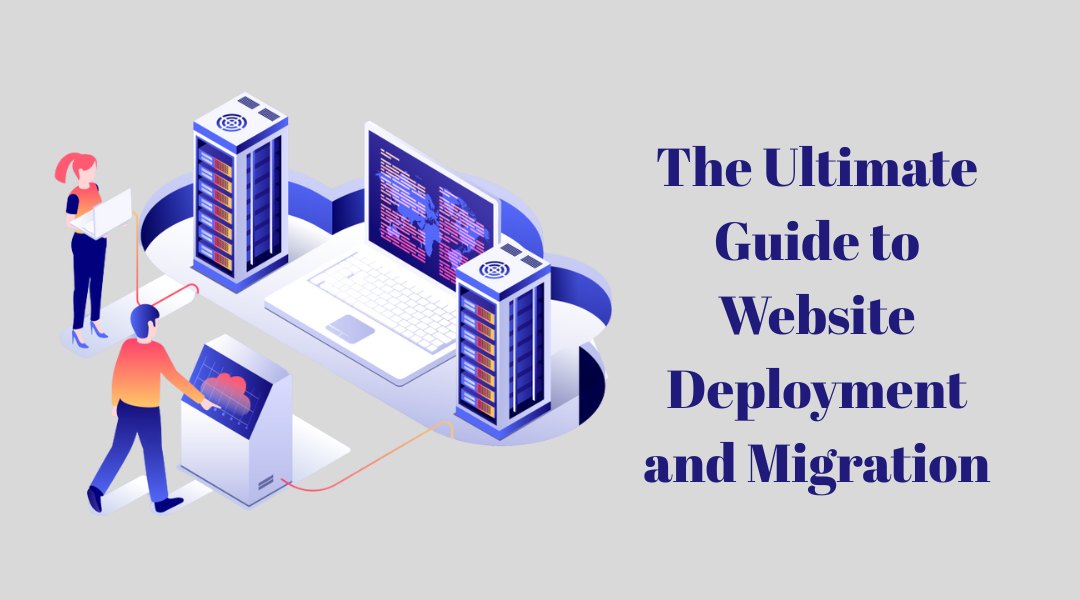
Setting up a new site or moving an existing one might not sound glamorous—but it’s a critical moment for any business with a digital presence. I’ve been through this process many times, and whether you’re launching updates or transferring everything to a new platform, there’s a right way to do it—and a wrong way that involves a lot of late-night troubleshooting.
In this guide, I’ll walk you through how I handle these transitions, what to prepare in advance, what to avoid, and a few things I’ve learned the hard way so you don’t have to.
What You’ll Learn
- What it means to go live with a site—or shift it to a new system
- How to decide whether you actually need to make these changes
- My prep steps for a stable rollout
- Tools and checklists that help things go smoothly
- Common problems (and how I avoid them)
What This Process Really Involves

Let’s clarify a couple of terms first.
Going live with your project means pushing updates from staging to the public version of your site. That could be a design refresh, feature launch, or full site release.
On the other hand, when I refer to a site transfer, I’m talking about major moves—like switching hosts, adopting a different CMS, or updating your URL structure. These often affect SEO, content delivery, and user experience, which makes planning even more important.
Do You Really Need to Do This?
Not every project requires a full overhaul. I usually start by asking a few simple questions:
- Are you dealing with technical limits on your current setup?
- Are you changing domains, systems, or major content areas?
- Is the change backed by real needs, or just a desire to “start fresh”?
If you don’t have a compelling reason, it might be better to wait. But if your site is slow, unscalable, or outdated, making a move could give you better performance and flexibility. Just don’t schedule it for a Friday afternoon—you’ll thank me later.
How I Prepare to Avoid Trouble
The success of a launch often depends on what happens before the switch.
Here’s how I set things up:
- Determine what’s changing and why. Are you just switching hosts or also rolling out a redesign?
- Bring in the right team: developers, content managers, SEO specialists, project leads.
- Inventory everything: URLs, media, tracking scripts, internal links.
- Define what success looks like. Is it preserving traffic? Faster load times?
- Set a rollback plan—just in case. I always plan for the worst even when I expect the best.
My Pre-Launch Checklist
This is the list I never skip—and neither should you.
- Backup the full site and database
- Map old and new page addresses
- Prepare 301 redirects for any changes
- Test tracking scripts and analytics
- Check key pages in a staging environment
- Lower DNS TTL (Time To Live) ahead of launch
- Confirm team availability on the rollout day
If you’re managing a broader project alongside this, take a look at my development roadmap. It helps you see the bigger picture and avoid duplication of effort.
Tools That Help Keep Everything On Track
These tools have made my life easier more times than I can count:
Screaming Frog: for checking broken links and redirect issues

Google Search Console: to monitor how Google sees your site
Git: version control that keeps teams in sync
Uptime Robot: alerts you when something breaks
Project boards like Trello or Asana: for task tracking
And yes, good old Google Sheets—for mapping URLs, tracking progress, and collaborating across teams.
Testing: The Step You Can’t Afford to Skip
Before the big day, I run full tests in a separate environment. Here’s what I check:
- That all redirects go to the correct places
- SEO elements like title tags, headings, and canonical links
- Sitemaps and indexing instructions (robots.txt)
- Structured data and schema
- Internal linking (especially on high-traffic pages)
- Site speed and responsiveness on different devices
- Working forms and functioning analytics tags
This is where you catch the issues no one saw coming.
On Launch Day: What I Do (and What I Don’t)
When it’s time to go live, I stick to a careful routine:
- Run a final crawl of the existing site
- Confirm backups are still intact
- Push live during standard working hours
- Flip DNS records
- Test top pages immediately
- Watch error logs and traffic data in real time
What I avoid: deploying major updates late in the day or skipping quality checks.
Monitoring After the Switch
Your job doesn’t end once everything is live. I monitor the site closely for the first 30 days:
- Look for crawl errors, especially 404s
- Watch for ranking shifts or significant traffic changes
- Check analytics and conversions for consistency
- Track redirects to ensure they’re working properly
- Confirm Google is indexing the right version of each page
Reacting quickly to issues can prevent long-term damage.
Common Mistakes and How to Avoid Them
I’ve made some of these. I’ve also seen others make them. Either way, they’re all avoidable.
- Redirecting everything to the homepage (bad for users and search engines)
- Leaving test pages indexed by accident
- Overlooking URL case sensitivity or trailing slashes
- Missing updates to internal links
- Forgetting to verify tags or analytics post-launch
If you’re working on a broader application and want to avoid project-level errors, check out my post on common full-stack developer mistakes.
When to Bring in Extra Help

Sometimes doing it all yourself makes sense. Other times, a second pair of eyes saves you time, traffic, and money.
Consider bringing in support if:
- You’re working with a large number of pages
- Your site handles sensitive data or financial transactions
- SEO performance is critical to your business
- The technical side is unfamiliar or overwhelming
Even experienced developers (myself included) know when to ask for backup.
Final Thoughts
Rolling out a website update or transferring your content and structure takes planning, focus, and a good handle on technical details. But with the right preparation and a reliable checklist, you can pull it off confidently.
This process is based on real-life work. I’ve helped clients scale, rebrand, and modernize their systems—each time learning how to make the next one smoother. Whether you’re a developer, project manager, or running your own site, this guide should keep you clear of the most common pitfalls.
If you’re also tackling full-stack development projects, my guide to the top tools and frameworks can help you streamline your workflow and stay up-to-date.
Plan carefully. Test thoroughly. Launch during daylight. And remember: don’t try to do it all on a Friday.
If you need help or want a custom plan for your specific setup, I’m just a message away.
